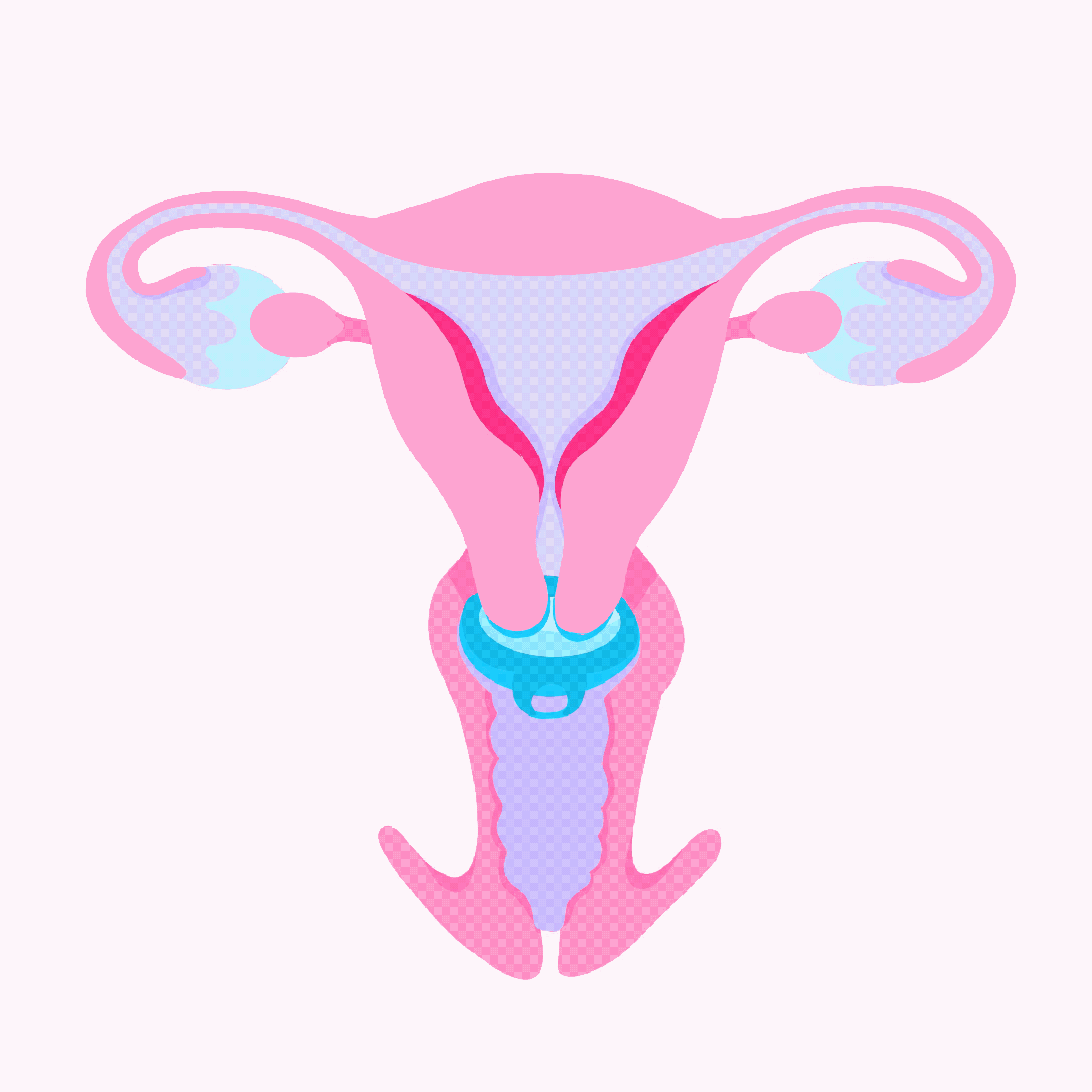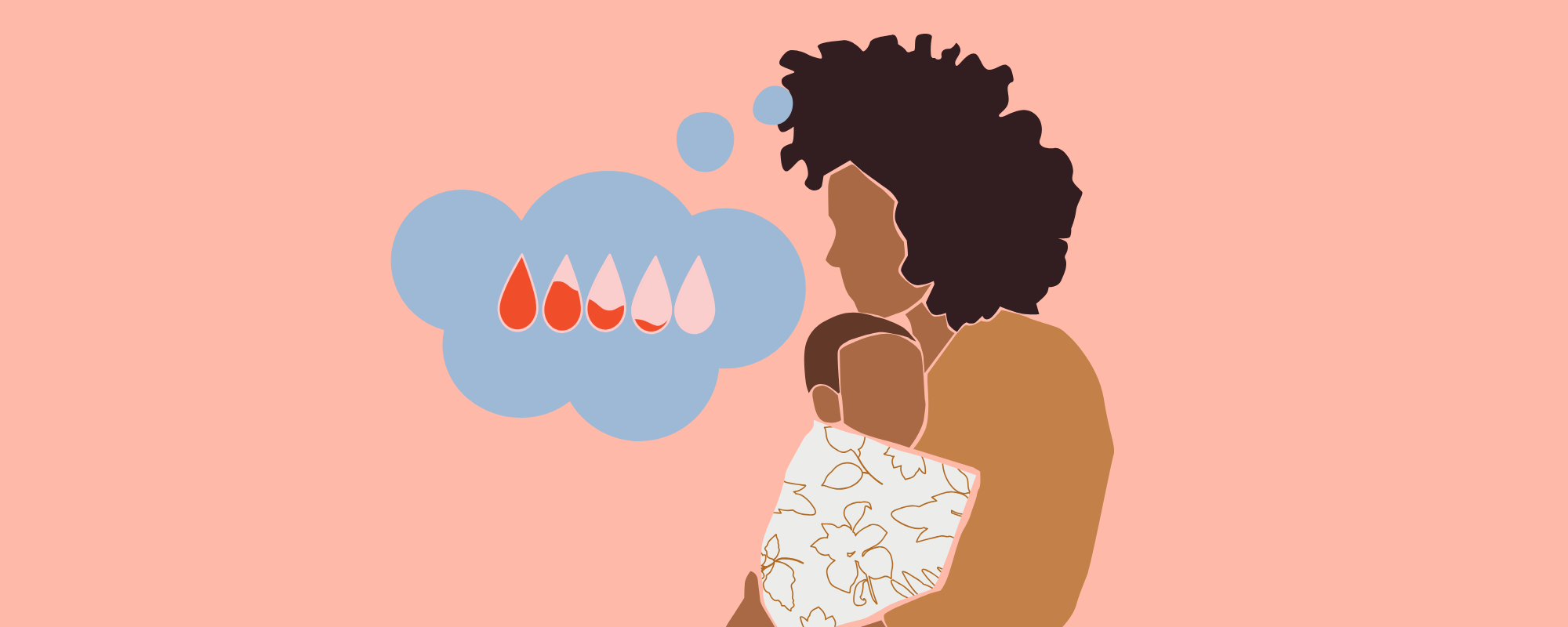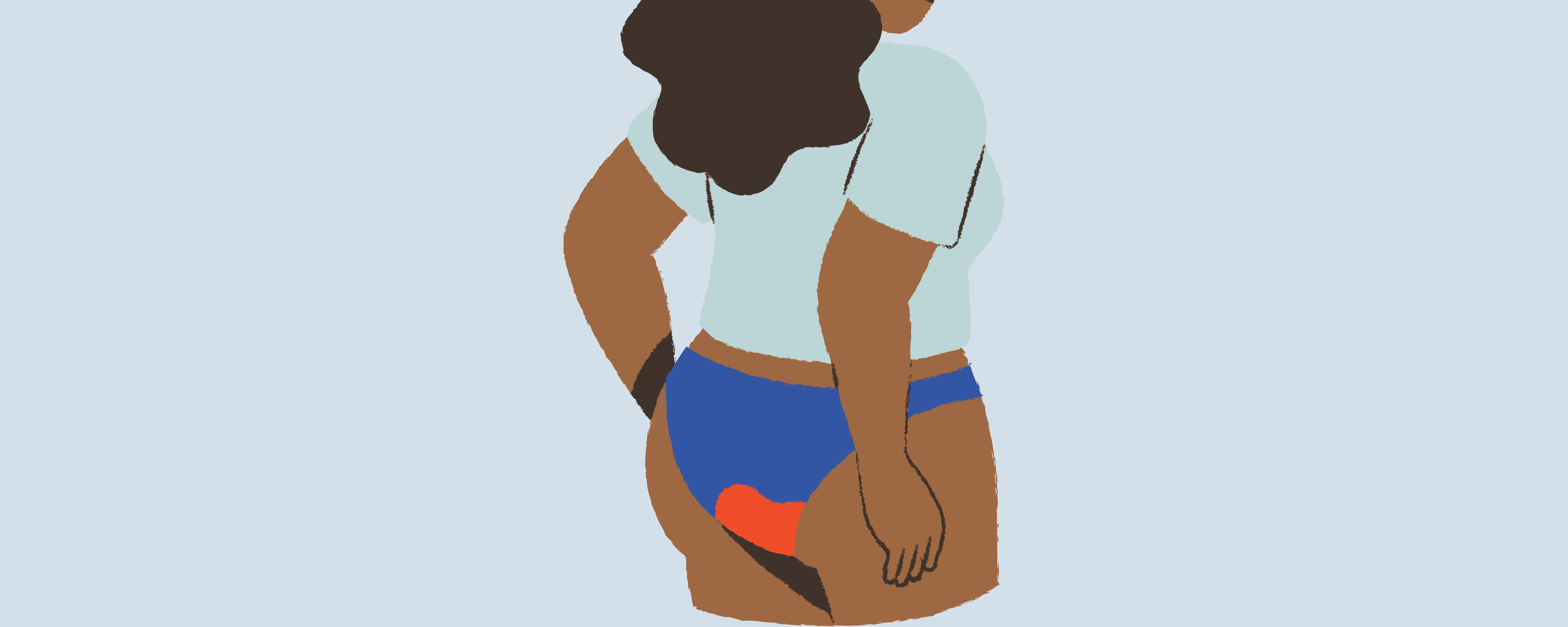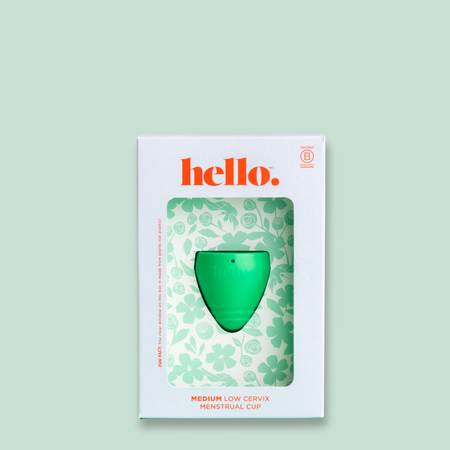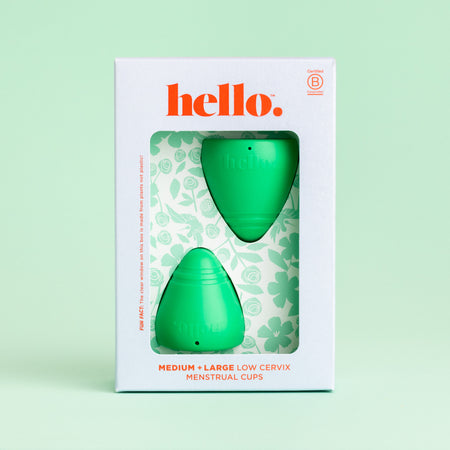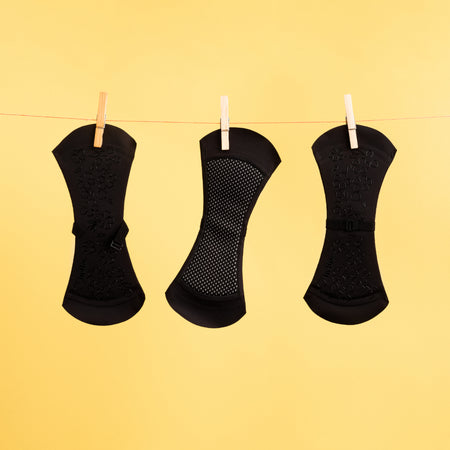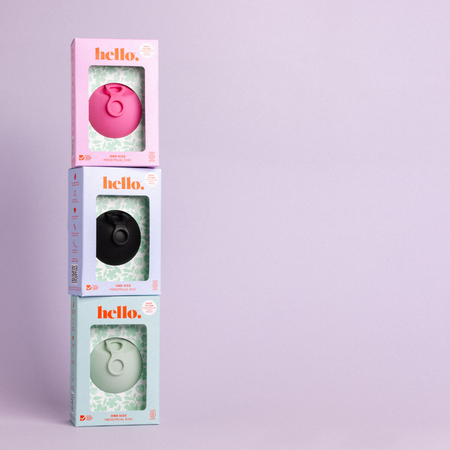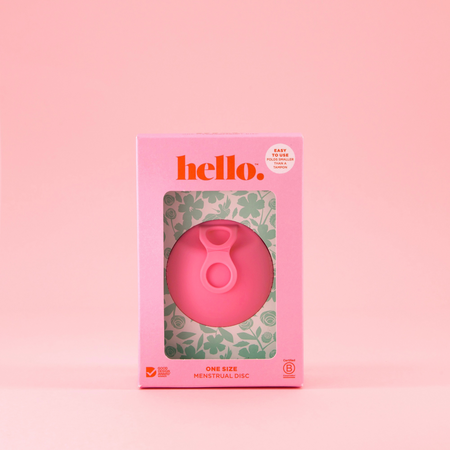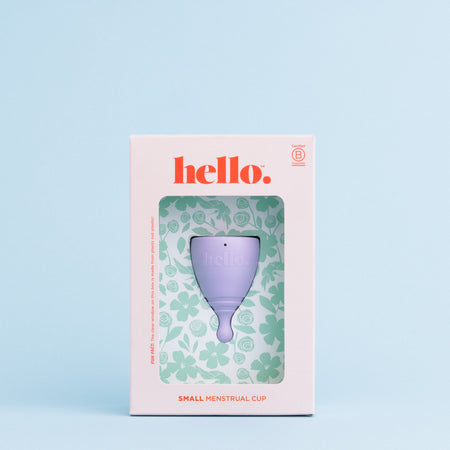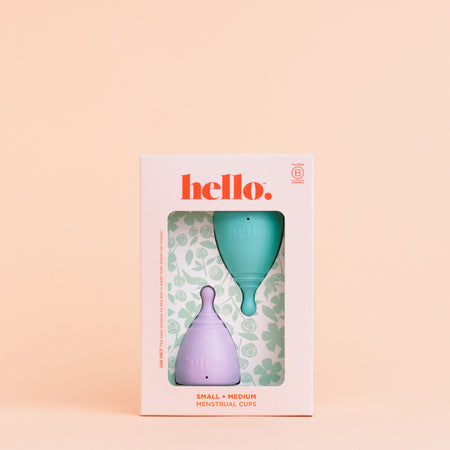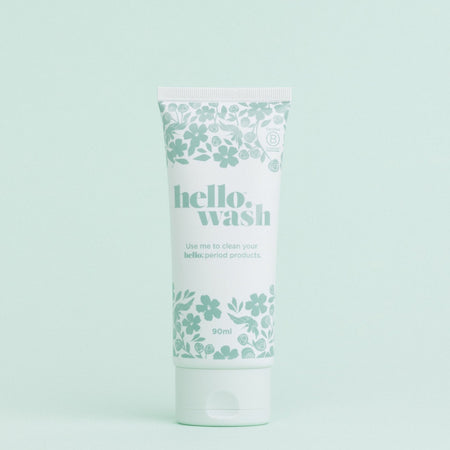Your menstrual cycle is more than just the week when you get your period. There are four phases of your mentrual cycle. It’s helpful to know what phase you are in, because it can explain why you might be feeling certain things… like being super hungry, or a little on edge.
For most people who menstruate, their cycle takes roughly 28 days. It may be a bit shorter or longer for you, and rest assured that’s completely normal. Using a menstrual cycle calendar is a great way to keep track. If you have a consistently irregular menstrual cycle or one that’s uncomfortable enough to cause concern, don’t hesitate to talk to your healthcare pro, stat!
What Are The Phases of The Menstrual Cycle?
Your menstrual cycle is made up of four main phases: the Menstruation, Follicular, Ovulation, and Luteal phases.
Phase 1: The Menstruation Phase (also known as your period)
The first phase of menstrual is known as your ‘period’ and takes place roughly in the first seven days of your cycle. This is the bleeding part. When an egg from the previous period cycle isn’t fertilized, the lining of your uterus which has built up and begins to shed. It comes out via the vagina and it’s this what is most commonly described as ‘having a period’. Menstrual blood is actually more than just blood - it is also made up of mucus and tissue from the uterus.
Mood during period and early follicular phase: During this time you may feel a bit more introspective. Naps and time to yourself may feel much more appealing than intense exercise and social gatherings!
Advice: Focus on walks, yoga or stretching and being gentle and kind to yourself!
Phase 2: The Follicular Phase
The follicular phase of the menstrual cycle actually overlaps with your menstruation phase and starts with the release of follicle-stimulating hormone (FSH). It starts on the first day of your period and ends when you ovulate. This is when the follicles containing eggs within your ovaries are stimulated by hormones and prepare to mature.
Only the healthiest egg will reach maturity, though in some cases two eggs may mature. The rest of the follicles are reabsorbed, and the maturing follicle begins producing estrogen which causes the lining of the uterus to thicken. The process creates a stable, nutrient-rich environment for a potential embryo to grow.
Mood during later in the follicular phase: Generally when you’re feeling pretty ace! PMS or period-related symptoms have gone, and oestrogen and testosterone levels are on the rise - giving you more energy and thrust for life.
Advice: With your new-found energy, you may want to do something more invigorating - a hit class, hit the town dancing!
Phase 3: The Ovulation Phase
The ovulation phase takes place about two weeks after the start of your period. When you ovulate your ovary releases a mature egg. Rising levels of estrogen trigger your pituitary gland to produce luteinising hormone (LH) which causes the egg to be released and travel down the fallopian tube toward the uterus.
Signs You’re Ovulating Might Include:
-
Slightly increased body temperature
-
Thicker vaginal discharge
-
Increased sex drive
-
Higher levels of energy
Mood during ovulation phase: This is when oestrogen and testosterone are at their peaks, making you feel more confident and saucy!
Advice: With your hormones at their peak, you’ll feel strongest at this time - you may want to lift some weights, or with your libido, go on a hot date. Note - during this phase, people who are ovulating are at their most fertile, so if you aren’t seeking a fertilized egg, be extra careful.
Phase 4: The Luteal Phase
The luteal phase takes place for the second half of your menstrual cycle. It begins at ovulation when the egg starts traveling down the fallopian tube and lasts until the first day of your next period.
If the egg hasn’t been fertilized as it travels to the uterus, your levels of estrogen and progesterone will decrease, causing the uterine lining to shed resulting in your period. And so the cycle begins again!
Mood during luteal phase: Progesterone begins to rise during this phase. Progesterone is the ‘chilling’ hormone, so you may find yourself wanting to lay low during this final phase of your cycle. Due to the hormonal changes, later in the luteal phase is when you may notice PMS-type symptoms such as mood swings, cramping, breast tenderness, insomnia and feelings of anxiety.
Advice: The luteal phase is an inward-focused time where you’ll likely find slower-paced activities like writing, reading, or watching a movie.
What are the main hormones at play during your menstrual cycle?
-
Oestrogen: The sex hormone for people with periods. Oestrogen is the dominant hormone during the follicular phase and then peaks just before ovulation.
-
Progesterone: The ‘calming’ hormone form that peaks after ovulation and carries through the luteal phase.
-
Testosterone: The key hormone that people with periods make in small amounts too. Testosterone peaks during ovulation and peaks our libido for the time that we are most fertile.
Where Does PMS Come In?
As alluded, during these different phases of a period, your body is producing different hormone levels. These changing levels of hormones can sometimes lead to premenstrual syndrome (PMS) symptoms like:
-
Bloating
-
Cramps
-
Fatigue
-
Mood changes
-
Breast tenderness
-
Headaches
-
Trouble sleeping
What Helps Relieve PMS Symptoms?
1. Light Exercise
Regular exercise can help increase overall blood circulation, which can be beneficial for things like headaches and menstrual cramps around your period. Physical activity can also be a big boost to your mood if those hormones have got you down. Light duty exercises like stretching, yoga, and walking are gentle enough for you to want to do them, but get you active and moving enough to make a difference!
3. Certain Foods
Your body goes through a LOT of changes every month around your menstrual cycle, so it’s no wonder you may find yourself with extra nutrition needs. You may even have cravings for certain foods, but it’s best to avoid too much salt, sugar, and alcohol when you’re experiencing PMS. Making food choices that meet your body’s needs is one of the best ways you can care for yourself.
Some of the best foods to eat during your menstrual cycle:
-
Avocados
-
Greek yogurt
-
Salmon
-
Eggs
-
Almonds
-
Pumpkin seeds
3. Reducing Stress
Of course we all want to keep stress to a minimum in our lives. Reducing stress can also make a difference with PMS symptoms made worse by unnecessary tension. Getting plenty of sleep, incorporating exercise, and intentional calming practices like meditation or cloud gazing can all help to alleviate stress and increase mindfulness.
4. Vitamins And Supplements
With all the hormone changes in your body, replenishing essential vitamins and minerals can also help promote a healthy menstrual cycle and reduce PMS symptoms. Magnesium is a natural mood booster that can help you feel happier and more relaxed, and also helps relieve migraines and breast tenderness.
Calcium can help reduce muscle cramps by helping the muscles to contract and increase circulation. Finally, it’s believed that getting enough Vitamin B can reduce symptoms like fatigue, irritability, and mood swings by supporting the adrenal glands, which control things like stress and anxiety.
